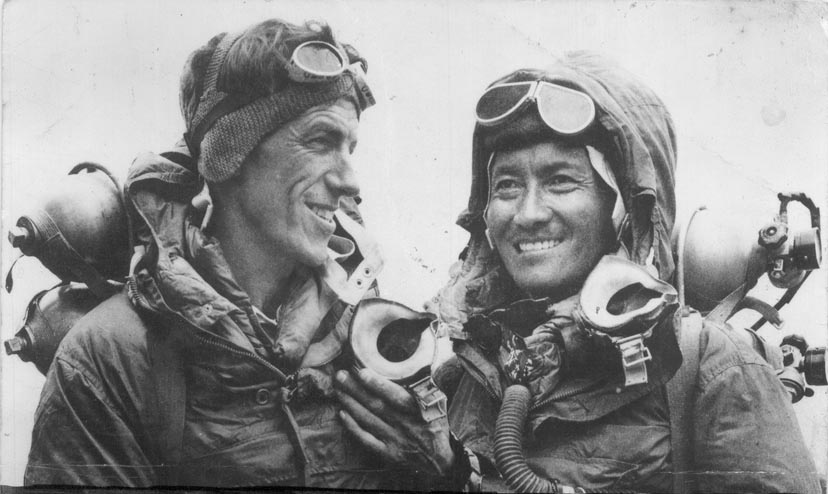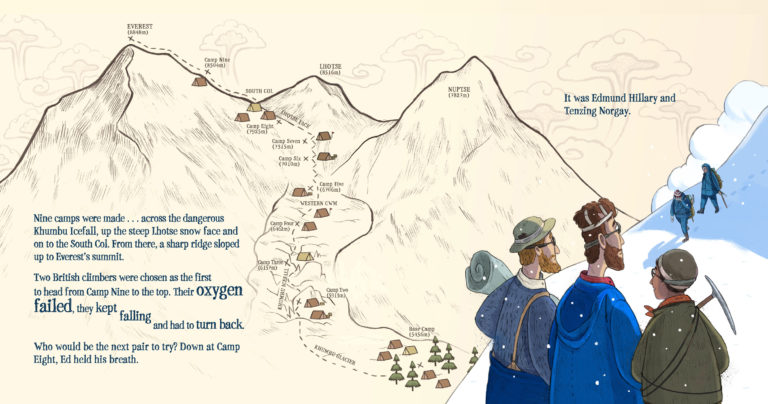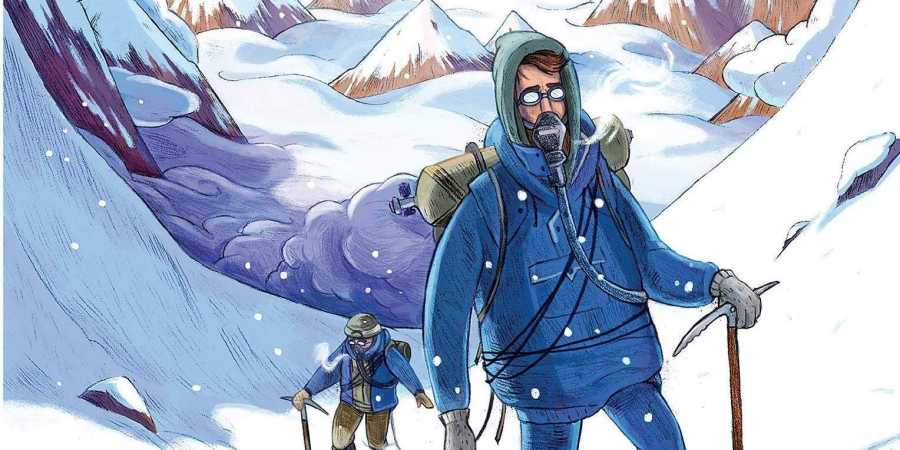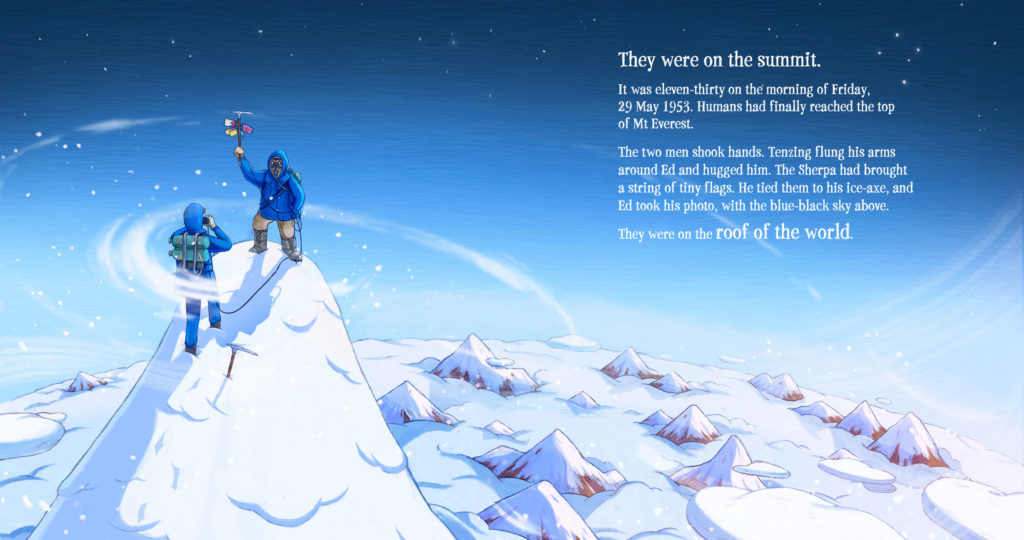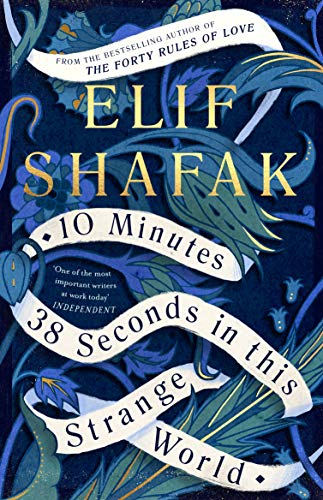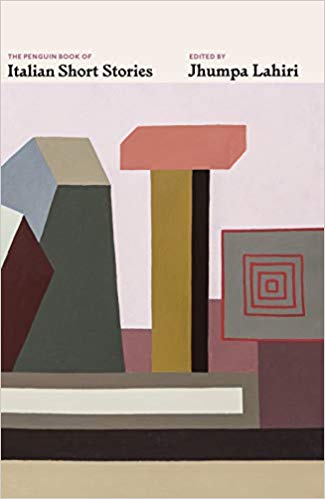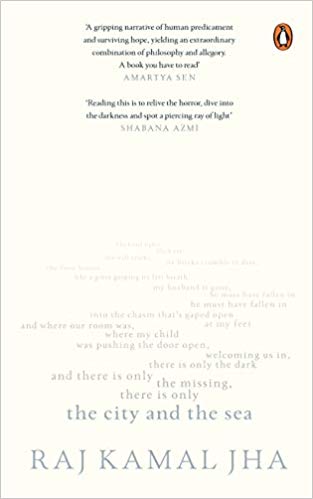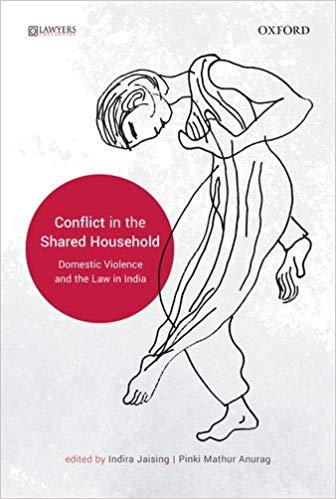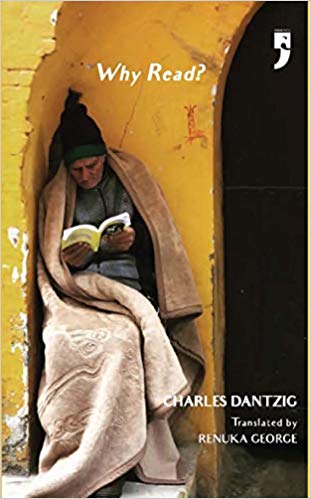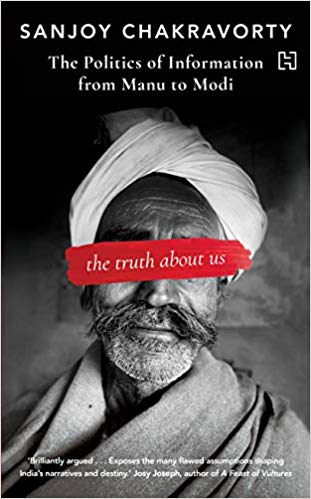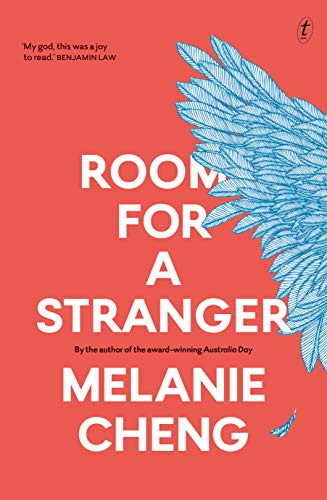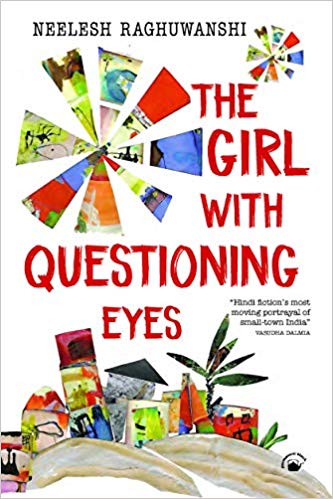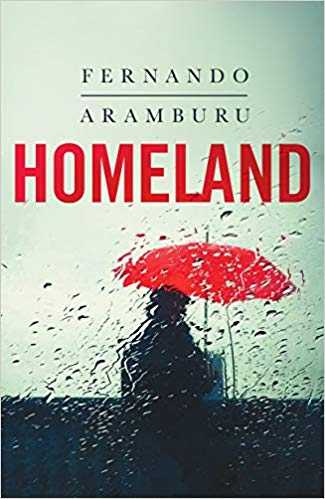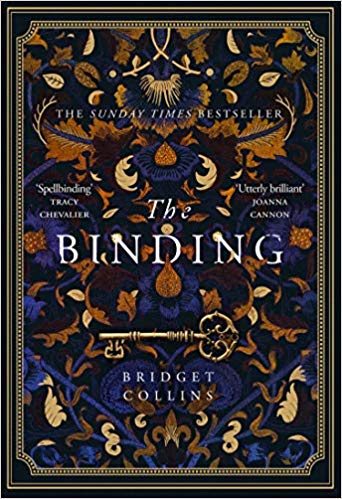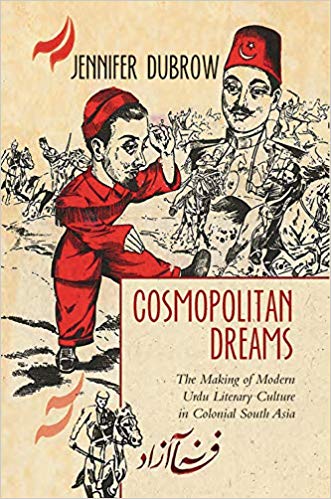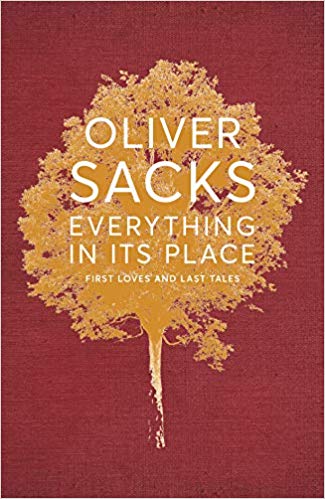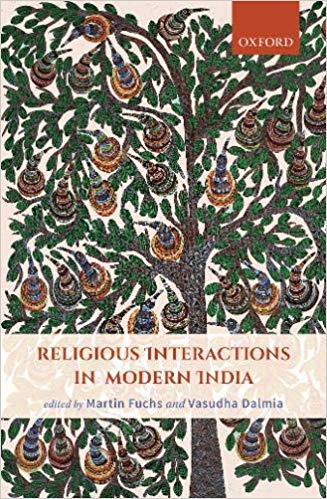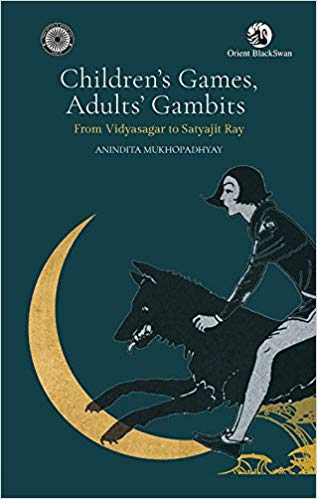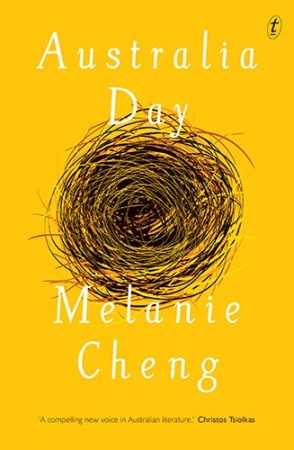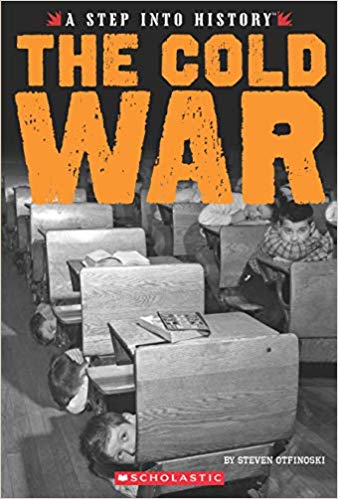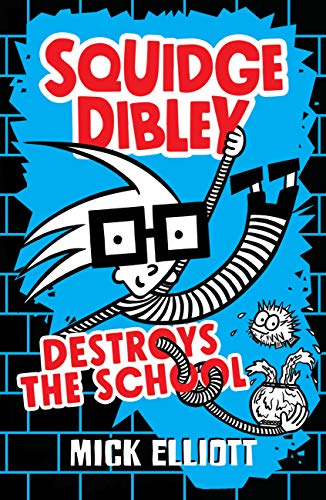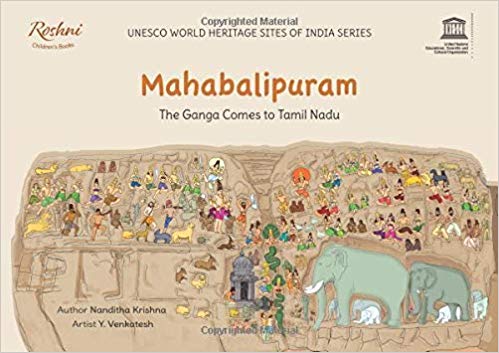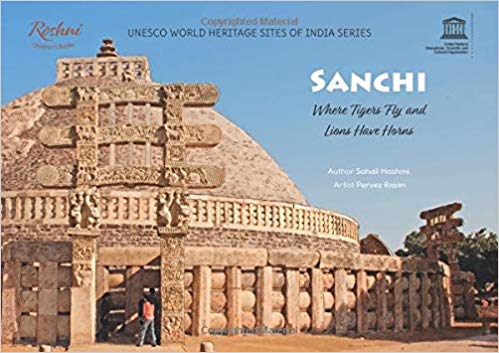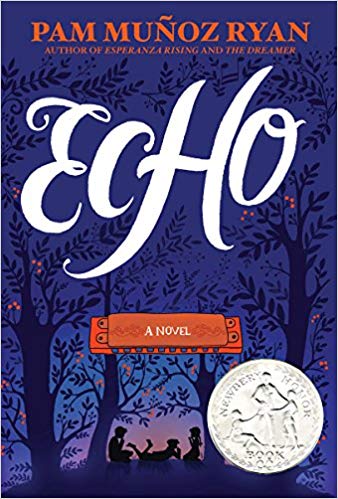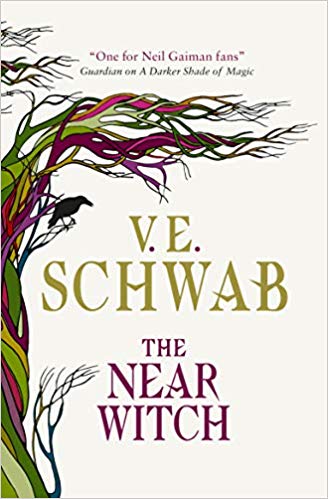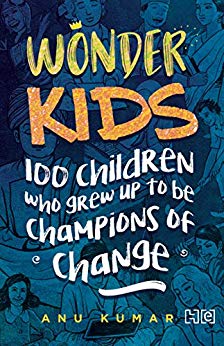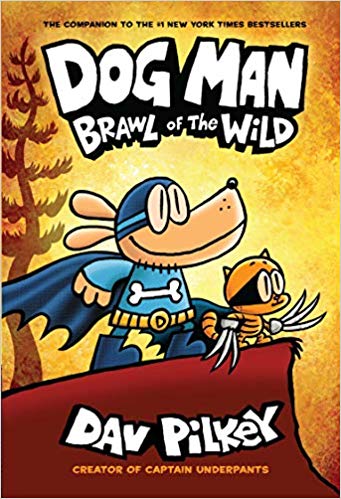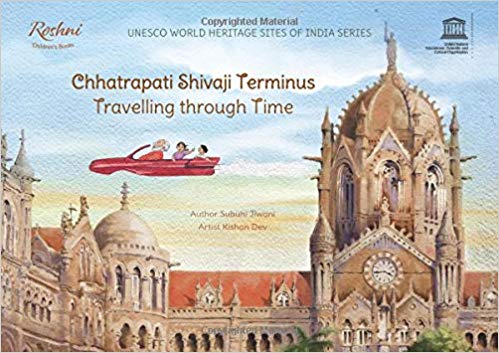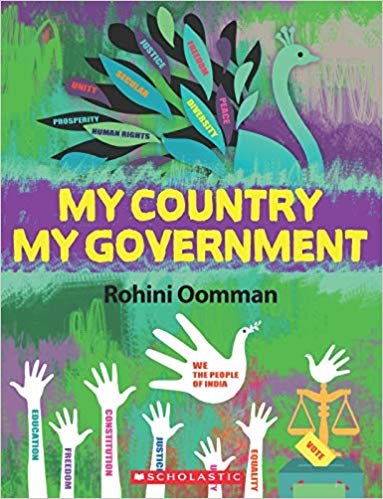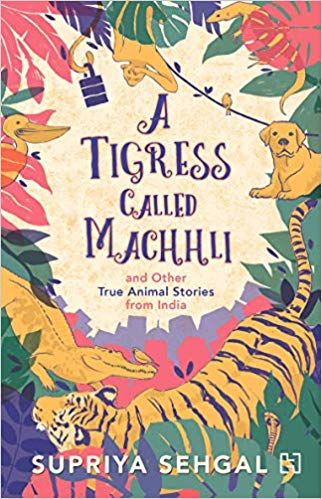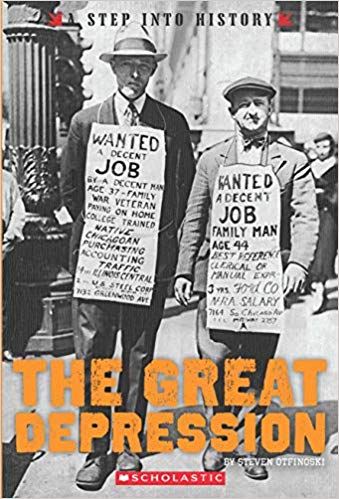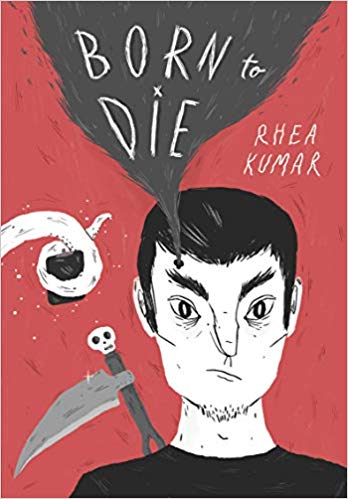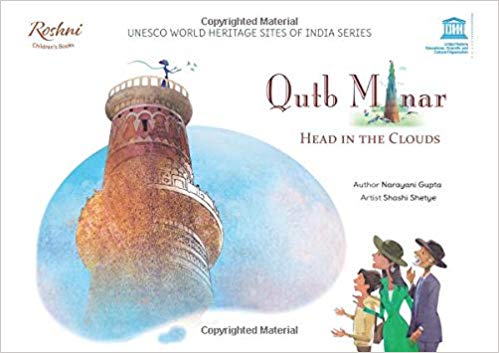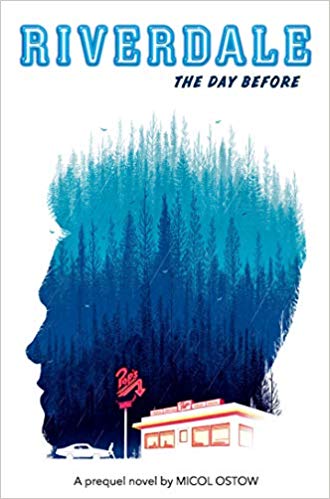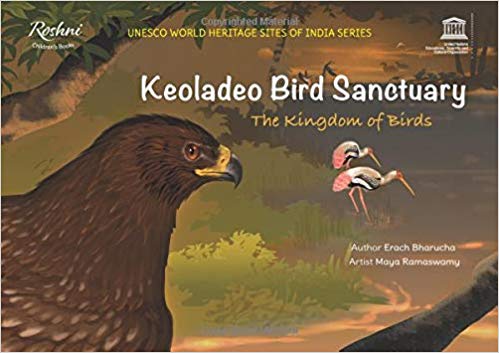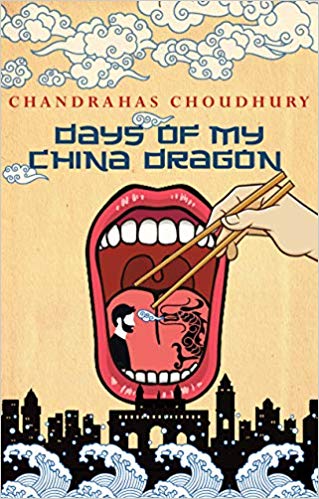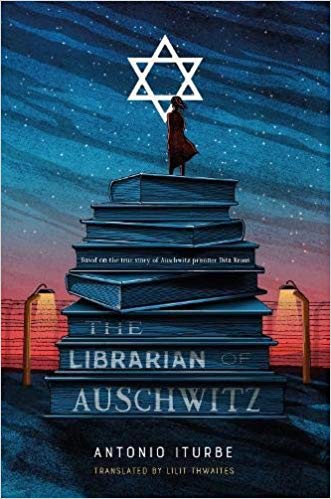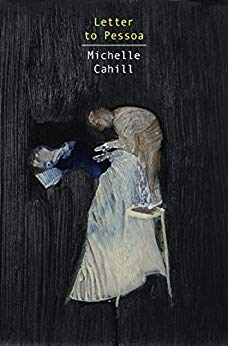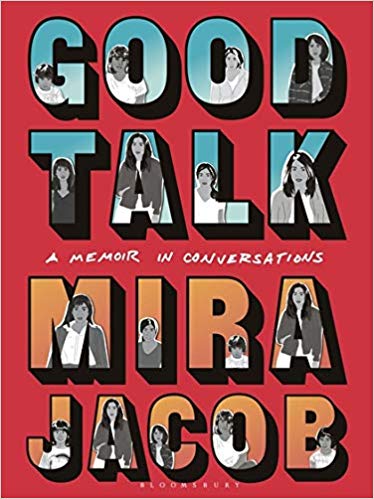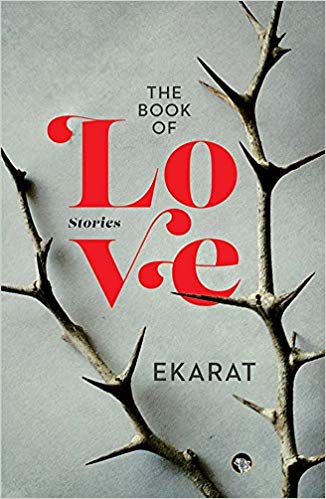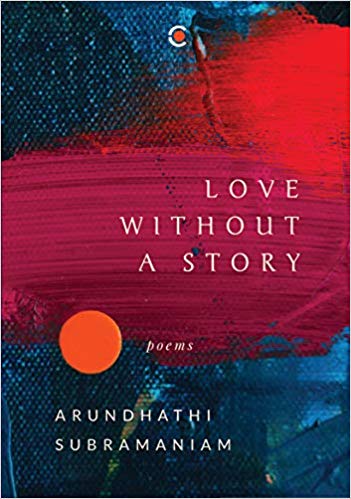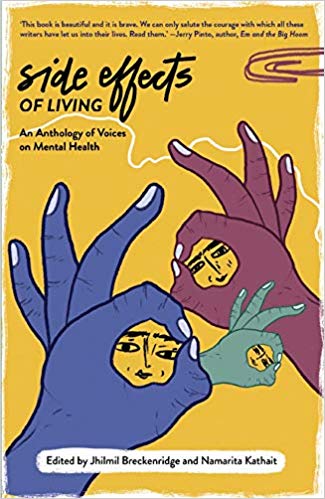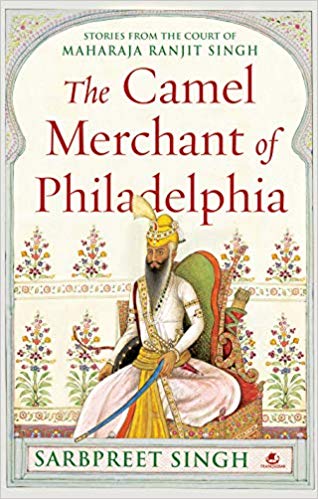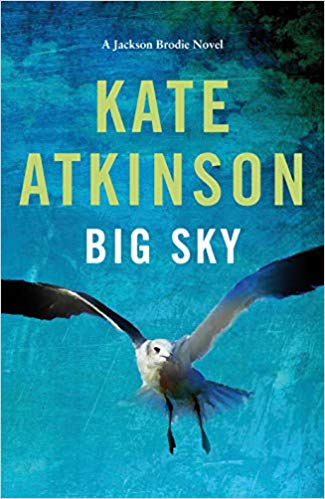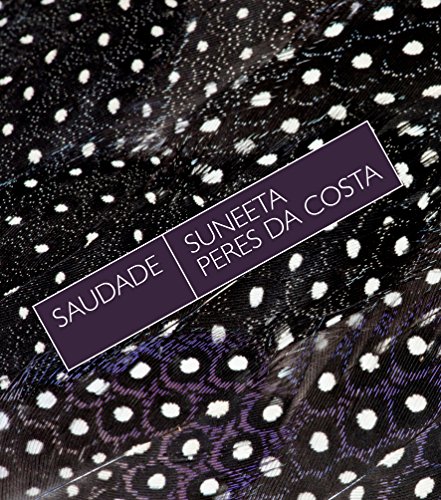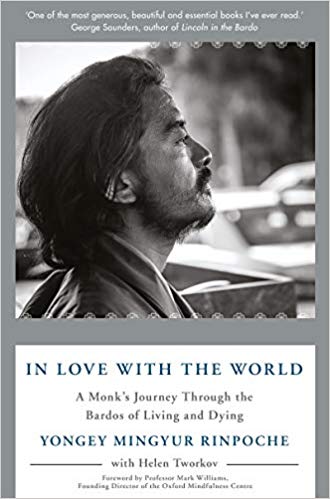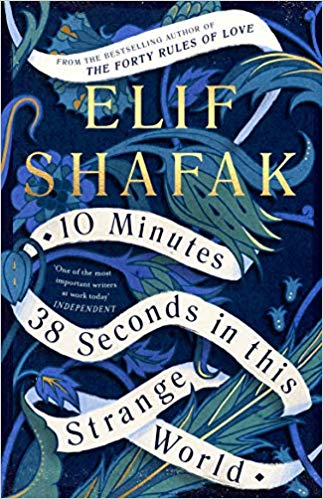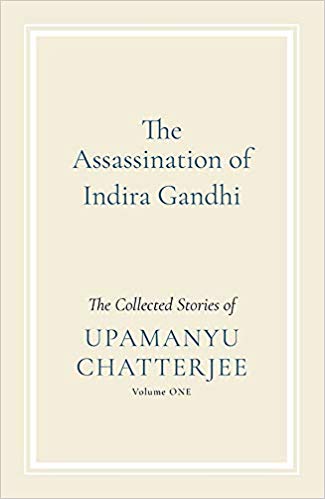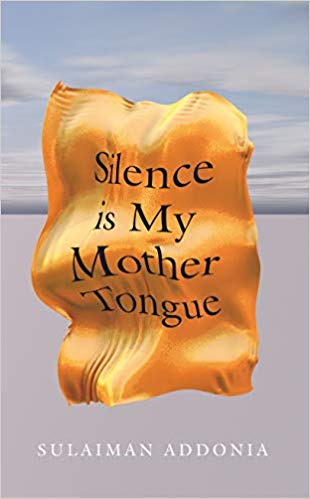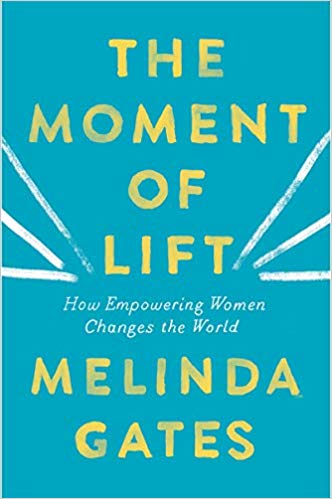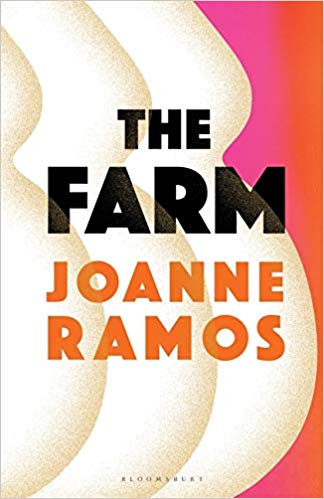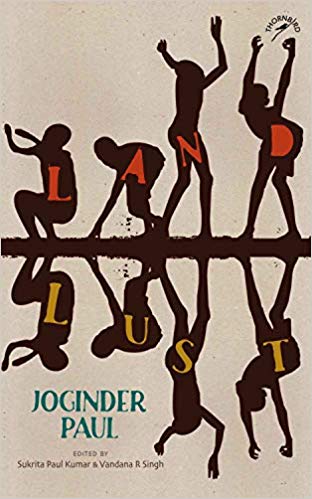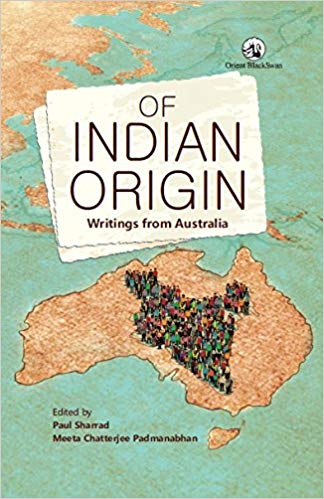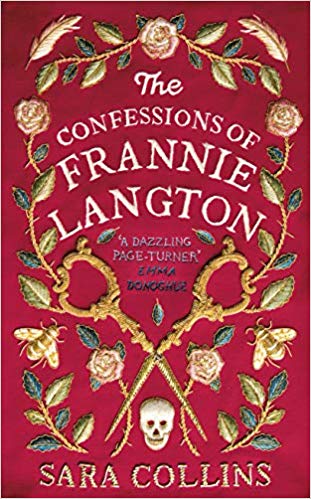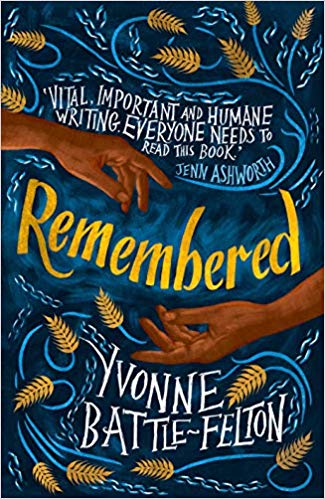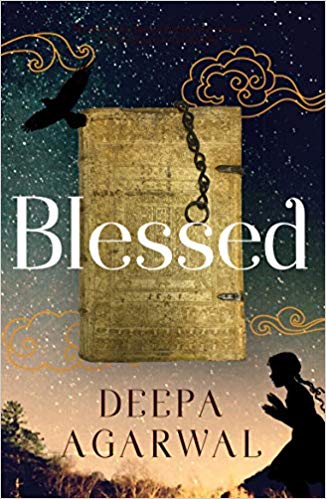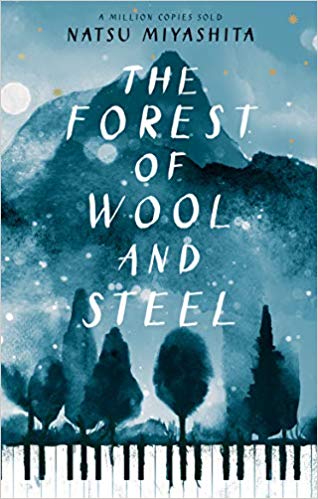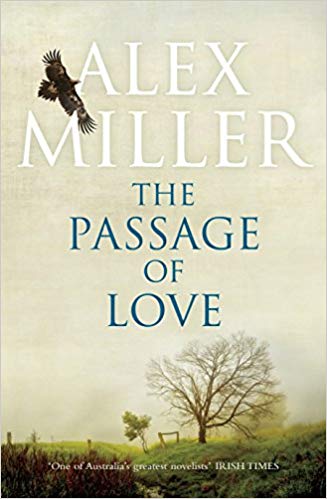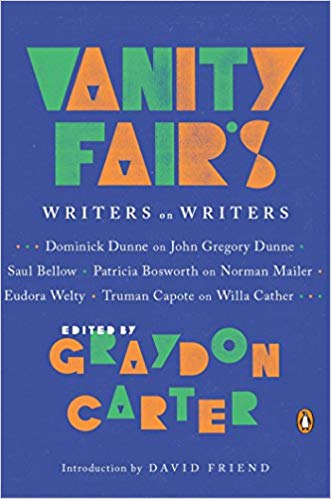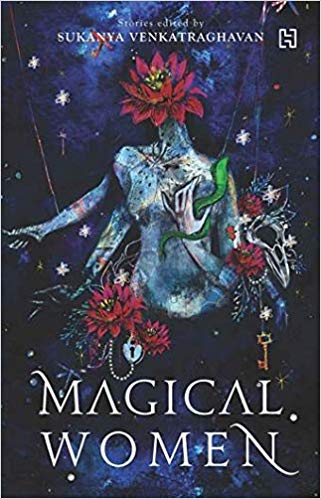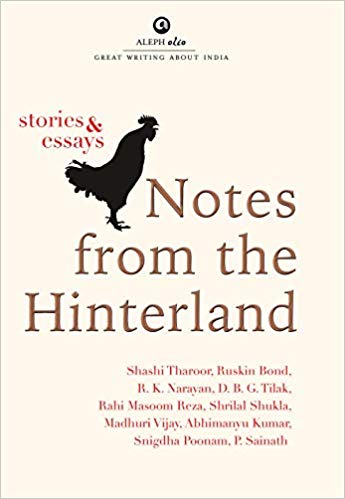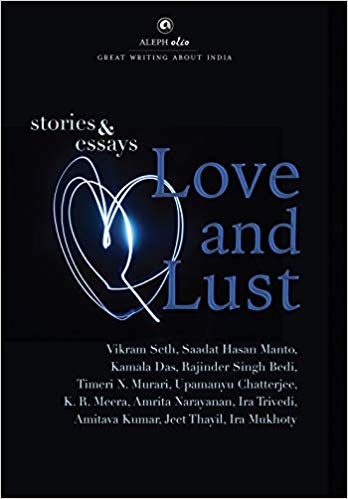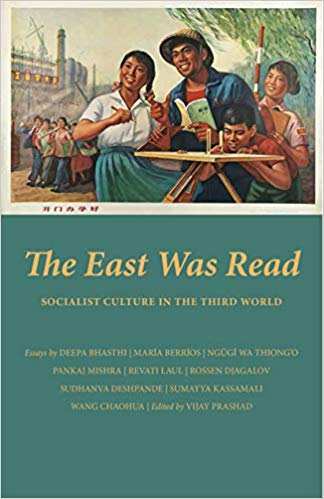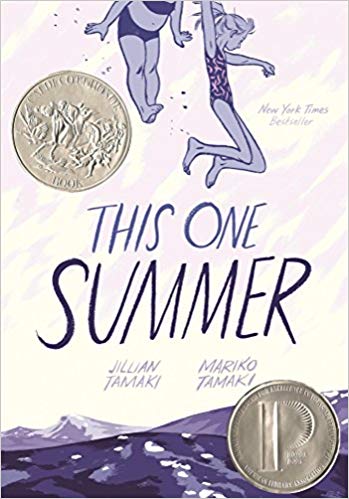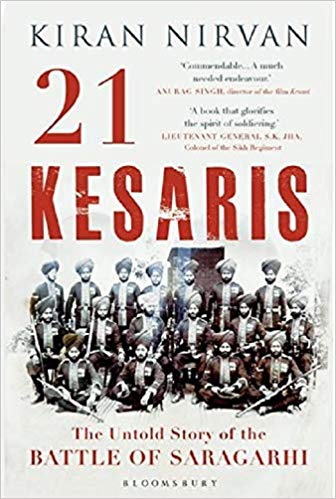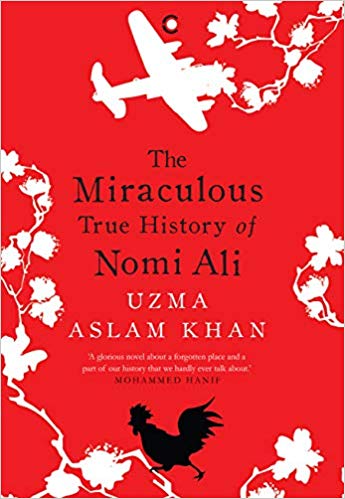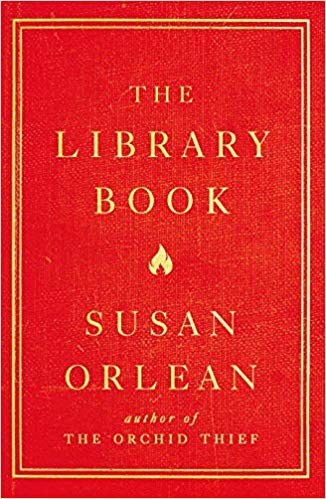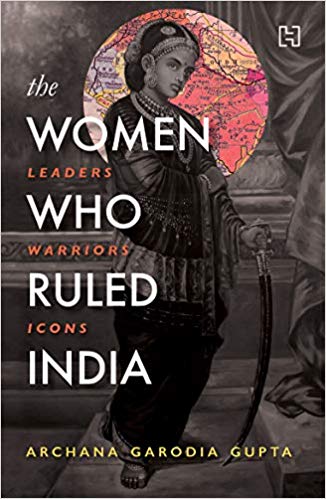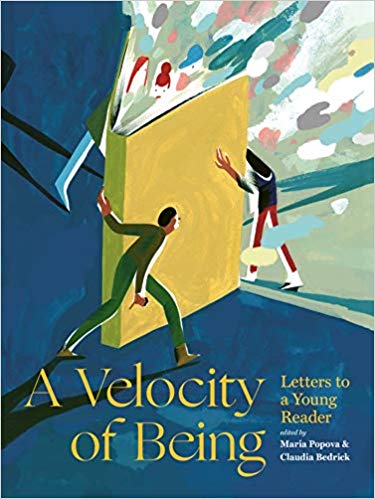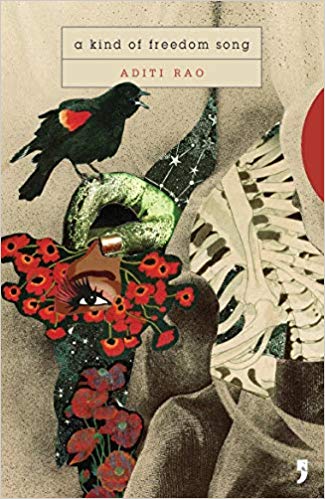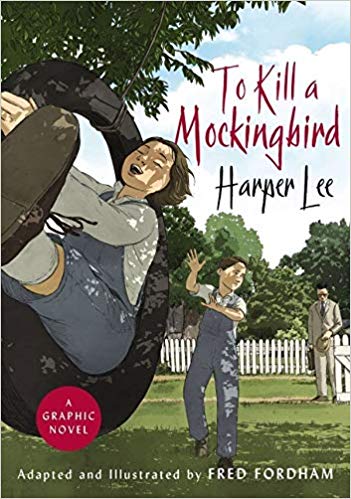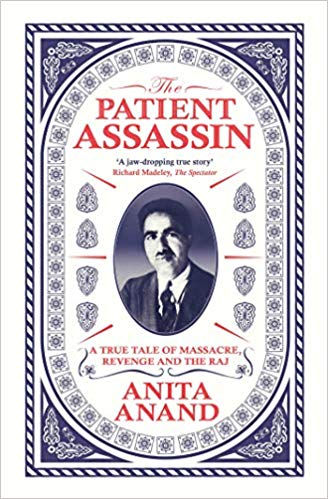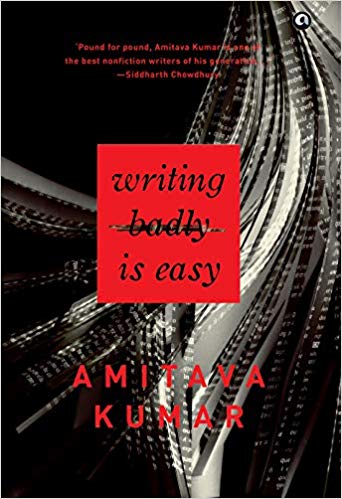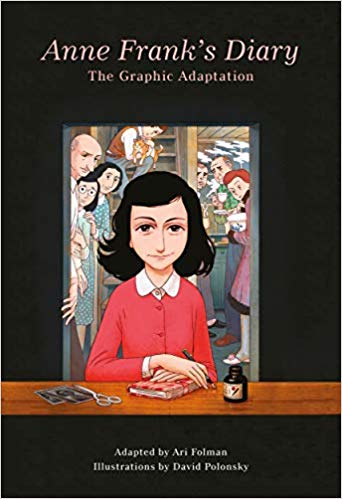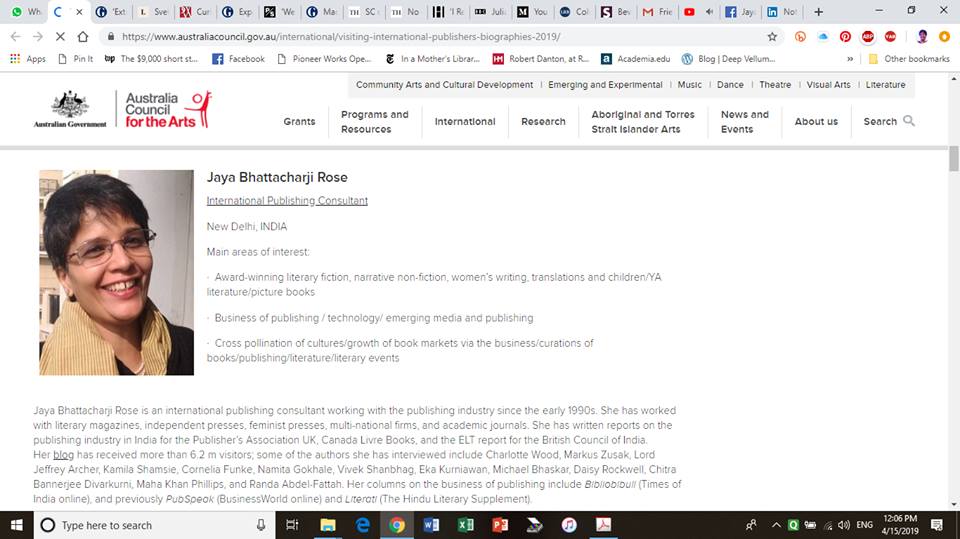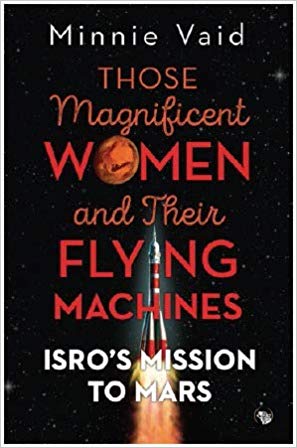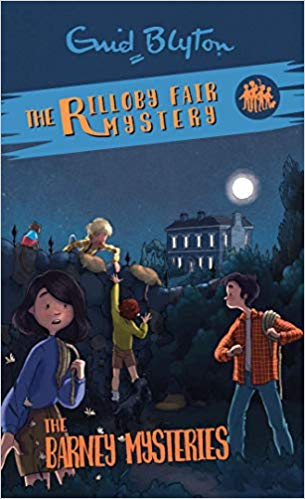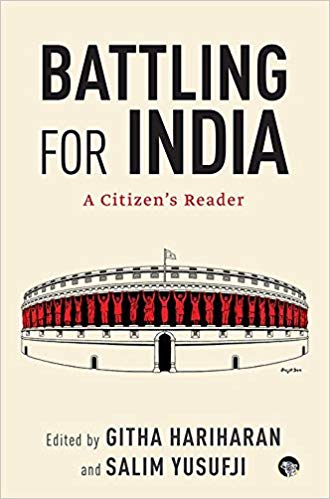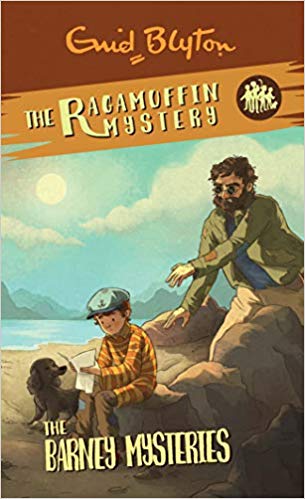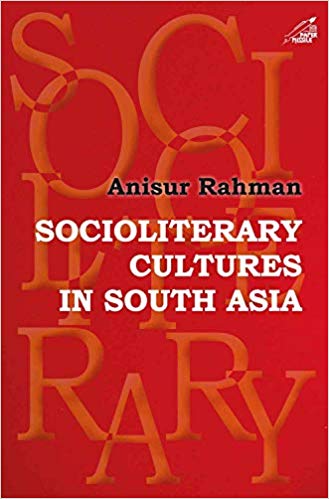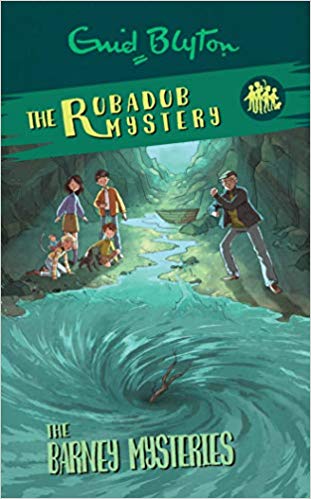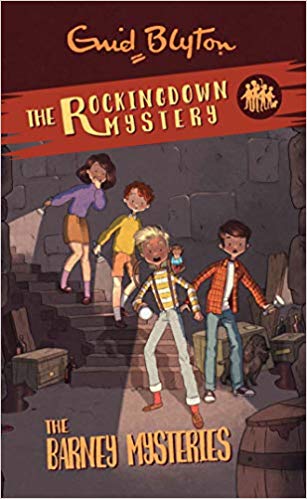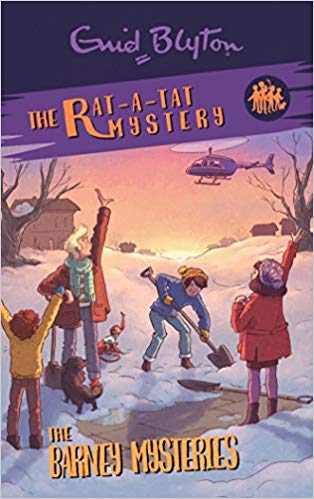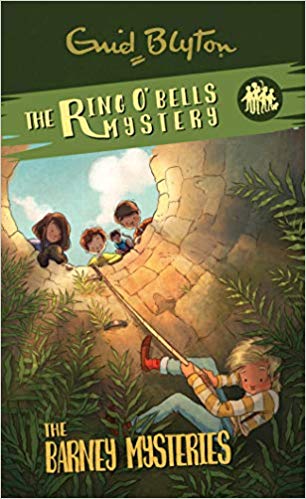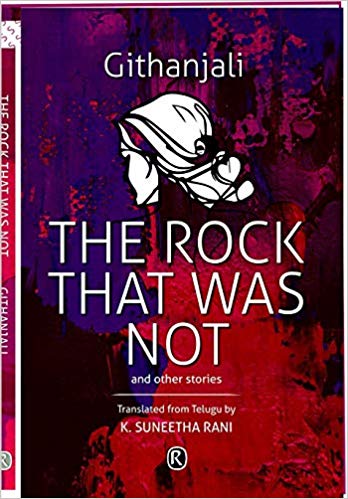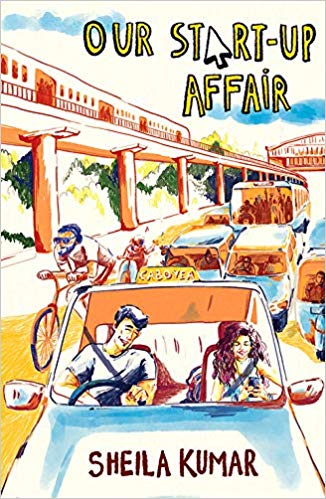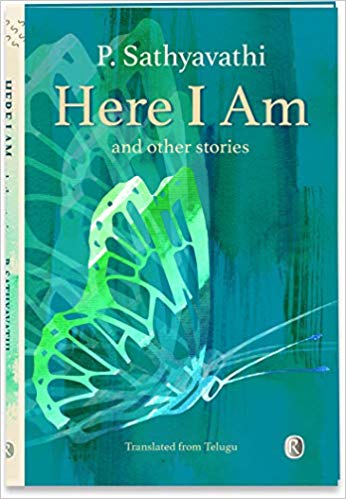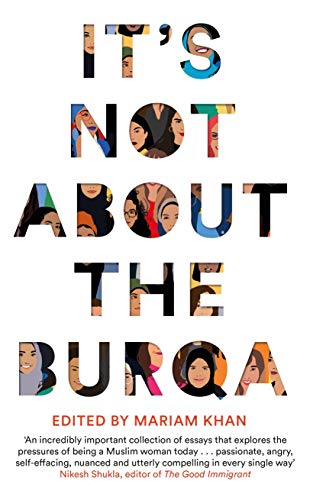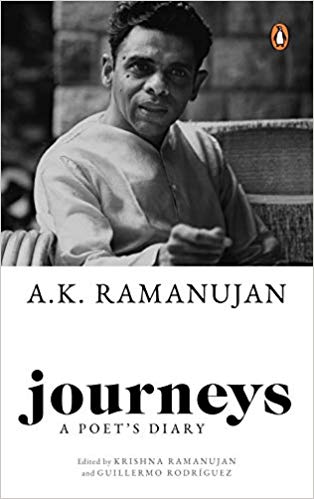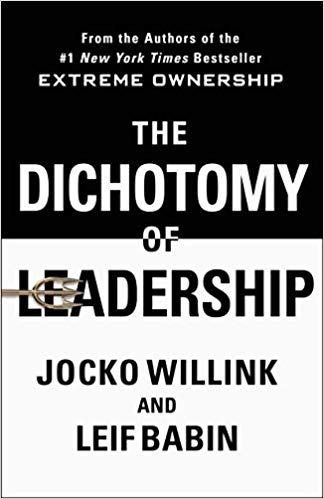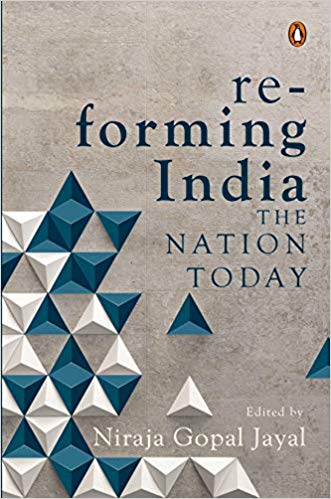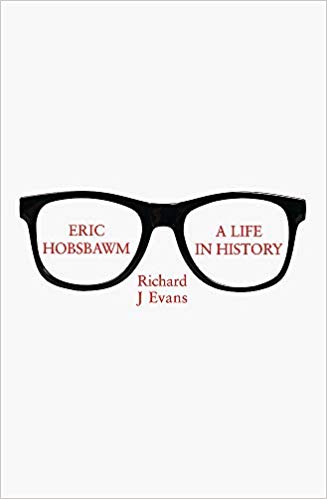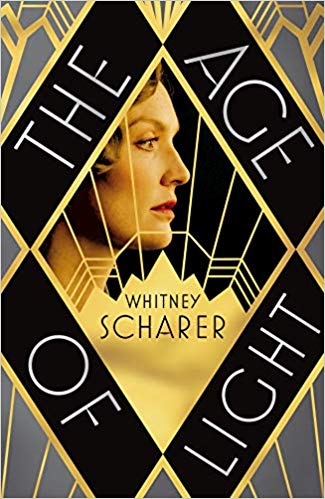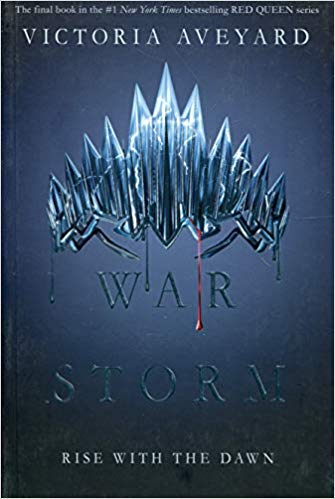“The Begum: A Portrait of Ra’ana Liaquat Ali Khan, Pakistan’s Pioneering First Lady”
The Begum: A Portrait of Ra’ana Liaquat Ali Khan, Pakistan’s Pioneering First Lady by Deepa Agarwal and Tehmina Aziz Ayub is a good account of a fascinating woman. Begum Ra’ana Liaquat Ali Khan’s life mirrors the history of the subcontinent. Namita Gokhale, writer and co-director, Jaipur Literature Festival, wrote a wonderful introduction to the book. The following extracts from the introduction have been published with permission of the publisher, Penguin Random House India.
****
Reflecting on how and what to write while introducing this important biography, I wonder once again if it is one or two books I have before me. This collaborative account, co-authored by Deepa Agarwal and Tahmina Ayub, mirrors the fissures and fault lines that divided Begum Ra’ana Liaquat Ali Khan’s life into two astonishingly symmetrical halves. A well-researched portrayal of an intrepid and passionate woman, it presents her personal narrative and political convictions, and mirrors the history of the subcontinent, in a timeline truncated by the uncompromising contours of the Radcliffe Line.
Sir Cyril Radcliffe arrived in India on 8 July 1947. The eminent barrister was given all of five weeks to divide up a nation, a culture, a people. His brief was to ‘demarcate the boundaries of the two parts of the Punjab on the basis of ascertaining the contiguous majority areas of Muslims and non-Muslims’. A handful of men—five persons in each ‘boundary commission’ for Bengal in the east and Punjab in the west—worked day and night on a hurried and ignominious exit from an increasingly precarious and unstable empire. Equal representation given to politicians from the Indian National Congress and the Muslim League, each hostile and intractable in their positions, only added to the tensions.
In New Delhi, at 8 Hardinge Road, a sprightly forty-three year-old woman, all of five feet tall, was hastily putting together some personal belongings. Begum Ra’ana Liaquat Ali Khan was preparing to depart in a government aeroplane for Karachi airport, where her husband Nawabzada Liaquat Ali Khan was soon to be sworn in as the first prime minister of Pakistan.
The future first lady was leaving her magnificent double storeyed home, set in three acres of garden, for an unknown and uncertain life in a newly formed nation. This elegant colonial bungalow (now 8 Tilak Marg) had been her home since her marriage. Both her sons, Ashraf and Akber, had been born here. 8 Hardinge Road had become the focal hub for the activities of the Muslim League. Her husband had been appointed finance minister of the interim government, and indeed the papers for the interim budget presented on 2 February 1946 had been taken directly from his home to Parliament House.
Not so far away, at 10 Aurangzeb Road, Muhammad Ali Jinnah had also made preparations to depart Delhi, and India. However, he had been more pragmatic than the idealistic and high-minded Liaquat Ali and had sold his house to the industrialist Ramkrishna Dalmia for Rs 3 lakh. Liaquat and his wife Ra’ana, on other hand, had decided to gift their home to Pakistan—it was to become the residence of the new nation’s future high commissioner. ‘Gul-i-Ra’ana’, the bungalow that her adoring husband had named after her, would henceforth be known as ‘Pakistan House’. Their vast and eclectic library was also gifted to the new nation in which they had invested their hopes and lives.
What were the thoughts and emotions that jostled in her mind and heart as she observed all that she had struggled for come to fruition, even as the looming shadow of Partition prepared to bathe the two nations in a fierce spasm of blood and sacrifice?
Begum Ra’ana Liaquat Ali Khan, born Irene Ruth Margaret Pant on 13 February 1905, to an apostate Brahmin lineage, was a practising Christian until 1933. After her marriage, she converted to Islam and was renamed Gul-i-Ra’ana. This fiercely independent lady, who carried her myriad identities within a core self of unchanging conviction, departed this world on 13 June 1990, by which time she was known, recognized and honoured as ‘Madar-e-Pakistan’ or ‘Mother of Pakistan’.
The first half of her life was spent in undivided India, where she transited two religious identities, and repudiated a third, albeit through her grandfather. With almost mathematical precision, her eighty-six years were divided into forty-three years plus some months in each of her two lives. She was an intimate witness to history—the two nations, the bifurcation of East and West Pakistan, the creation of Bangladesh, the course of the Cold War, the rise of Gorbachev, and the increasingly unequivocal hold of the army in Pakistan. From Jinnah, through Zulfikar Bhutto and to General Zia-ul-Haq, she spoke her mind and held her own.
Before her marriage, she was a professor of economics in Delhi’s prestigious Indraprastha College. Her doctoral thesis had been on women in agriculture in rural Uttar Pradesh. Begum Ra’ana was an important, even crucial, catalyst to Jinnah’s return to politics and the unfolding of the ‘two-nation theory’. In the summer of 1933, she and her husband met Jinnah in his home in Hampstead and appealed to him to return to India. Unafraid to champion difficult causes, she was radical in her attempts to bring about gender equity within the Islamic State of Pakistan and unflinching in her defence of her friend Zulfikar Ali Bhutto when he was facing the gallows. And at all times, she was charming and gracious as an accomplished diplomat and stateswoman.
Where then did she get her steely resolve and infinite reserve of strength? How did she negotiate the transitions and transformations of history with such seeming ease? I have always been fascinated by this formidable woman, and her ability to stand tall in an overwhelmingly patriarchal society even after losing her husband, with no grown male—or indeed female—relatives to support her in the newly birthed nation of Pakistan.
…
Begum Ra’ana was born Irene Pant. We share maiden surnames, and a common ancestry. I was born Namita Pant, and a faded family tree documents these connections, with a branch of it cryptically cut off. With his conversion to Christianity, her grandfather Taradutt Pant had placed himself outside the pale of caste and kinship. Yet whenever I encountered the half-told stories of Begum Ra’ana, I could sense the mountain grit in her, the legendary strength that comes so naturally to Kumaoni women. There was also a strong family resemblance—to my sister, to several of my aunts. I wanted to know more about her, to understand her as a determined woman, a thinking, feeling human, a creature of her times and circumstances.
….
29 May 2019


